Summary: Love is in the air in February, but real lovebugs aren't the most appealing mascot for the holiday. This blog explores the lives of...
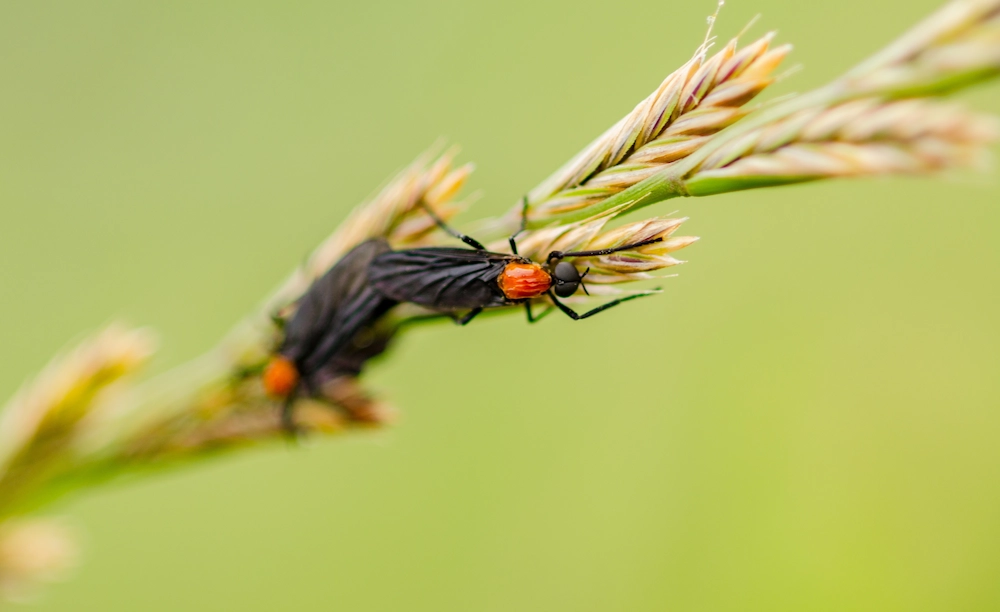

Summary: Love is in the air in February, but real lovebugs aren't the most appealing mascot for the holiday. This blog explores the lives of...
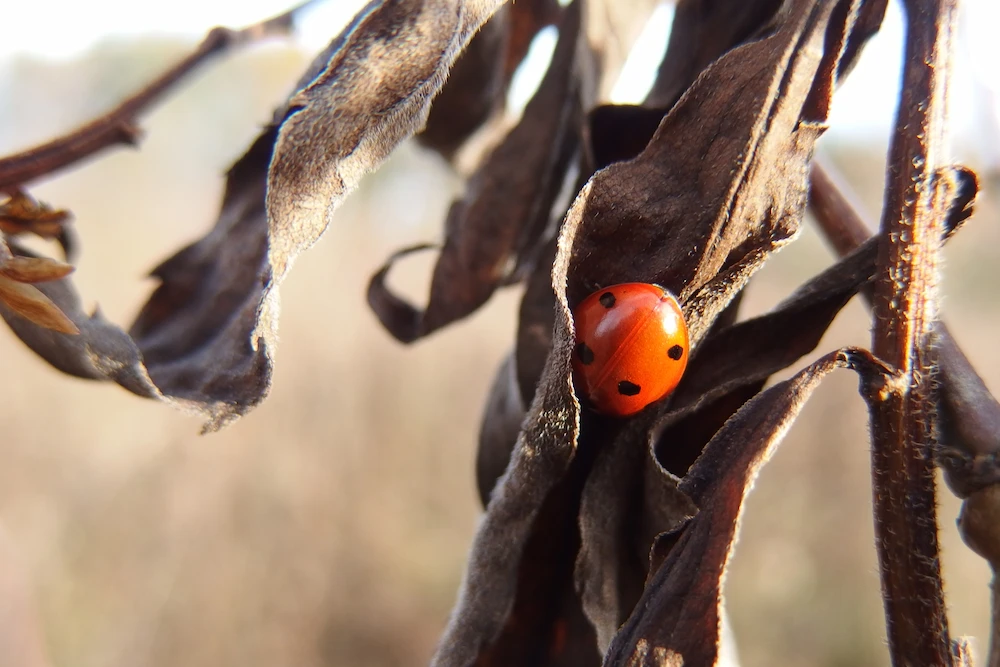
Summary: It's officially winter, so everyone is preparing for the incoming stormy weather. This blog describes the hibernation habits (or diapause)...
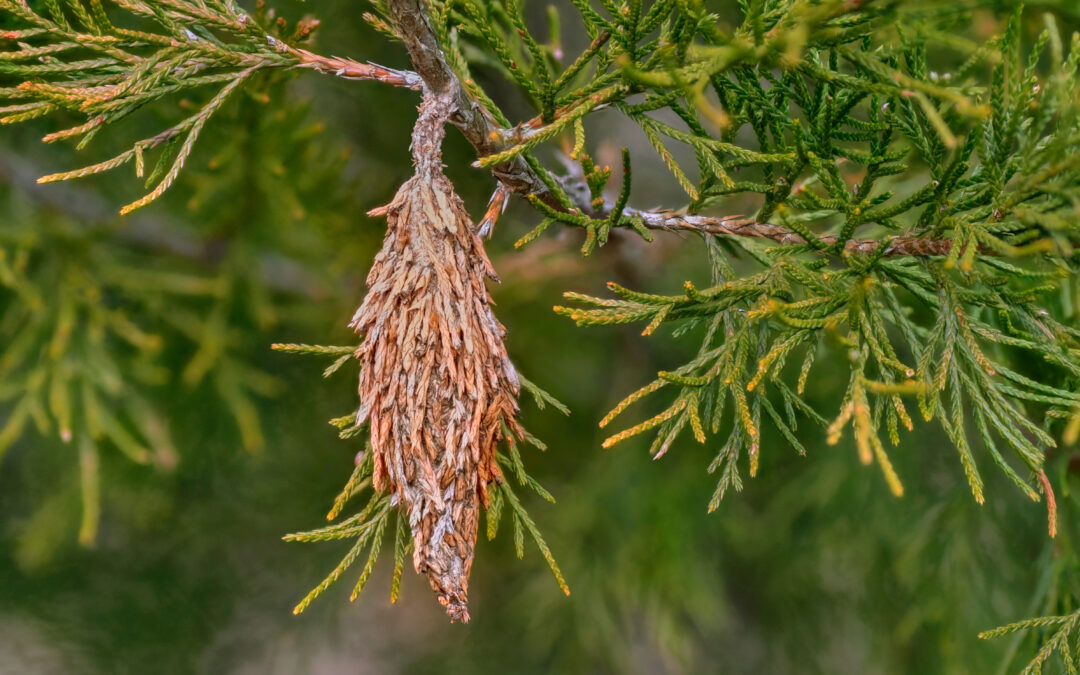
In a world full of strange creatures, there is no shortage of creepy-crawlies to study. The ones with strange habits or scary appearances stand out...
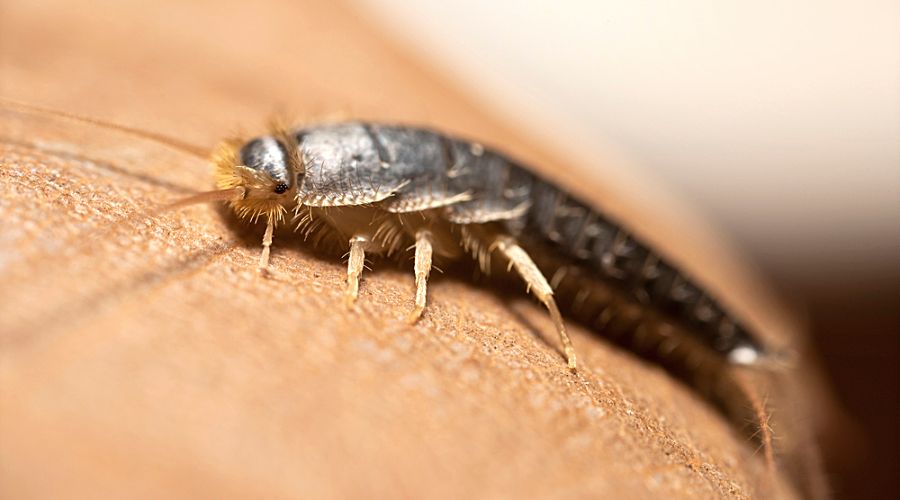
If you have noticed yellow stains on your belongings or seen tiny, wingless insects crawling on your surfaces, you could have a silverfish...
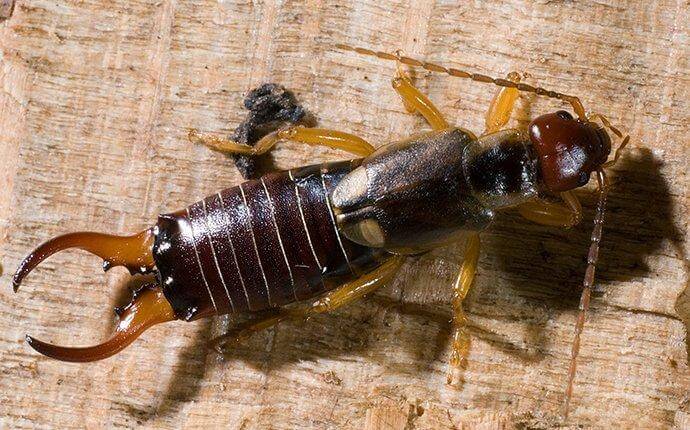
When you’re spending time on your Fort Worth property, whether outside enjoying the weather or inside relaxing, seeing insects crawling around can...
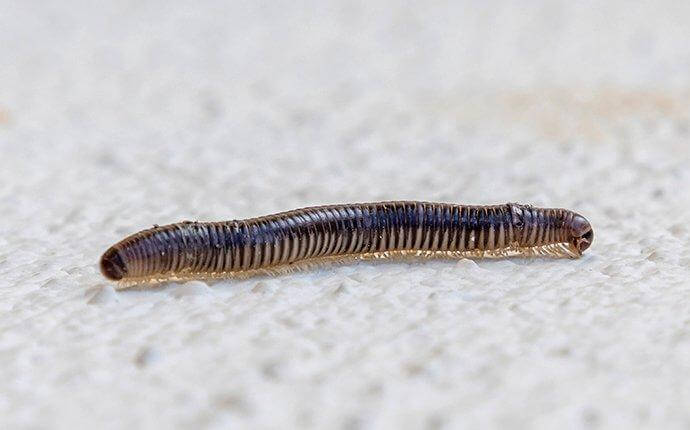
How many legs are too many legs? Six? Ten? One hundred? Honestly, anything over four legs seems weird and unnatural. If you feel this way as well,...
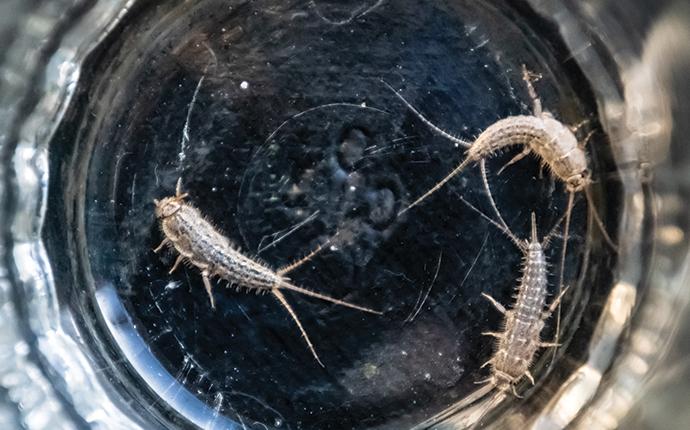
Different pests cause trouble in different ways. Some are dangerous and threaten homeowners’ health with the diseases they carry or with their...
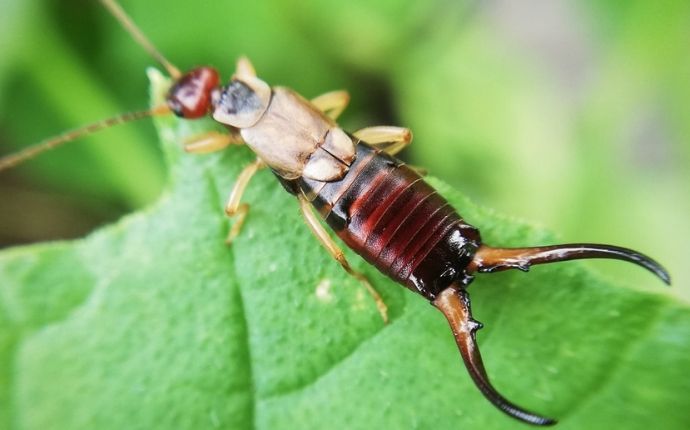
Have you ever heard the stories about earwigs crawling into peoples’ ears and then laying eggs in their brains? Well, those stories are just...
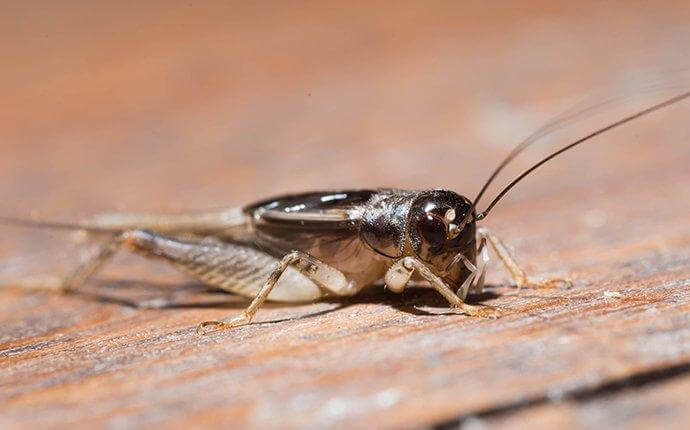
People have a lot of misconceptions about pests and some can cause them to underestimate just how big of a problem they can cause. Crickets are like...
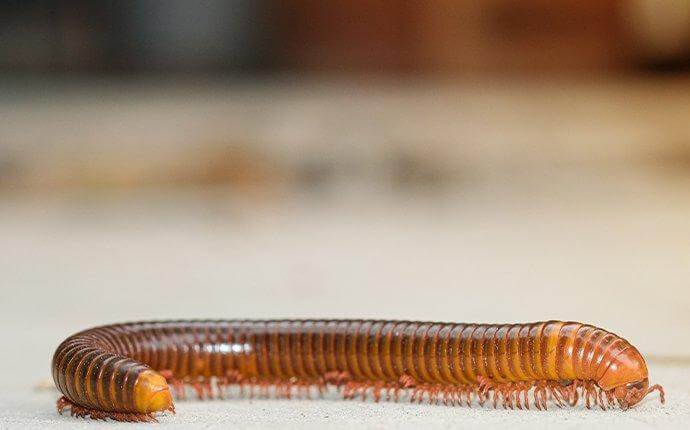
In San Antonio, millipedes are common pests. There are over 1,000 species of the creature in the U.S and many more across the globe. Nevertheless,...
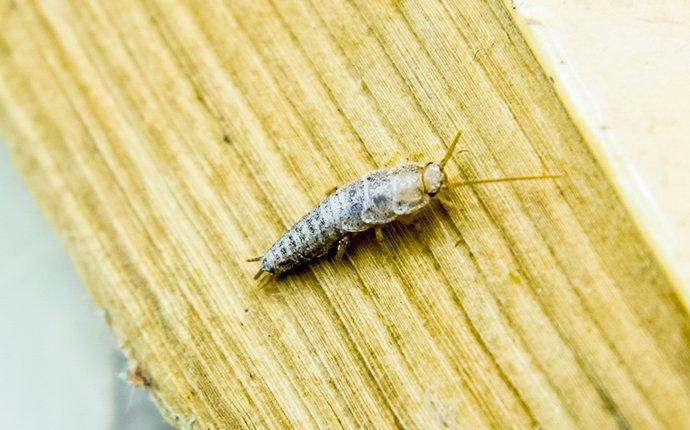
It’s possible that silverfish were on the earth even before dinosaurs. Having survived centuries of harsh conditions and natural disasters, the...
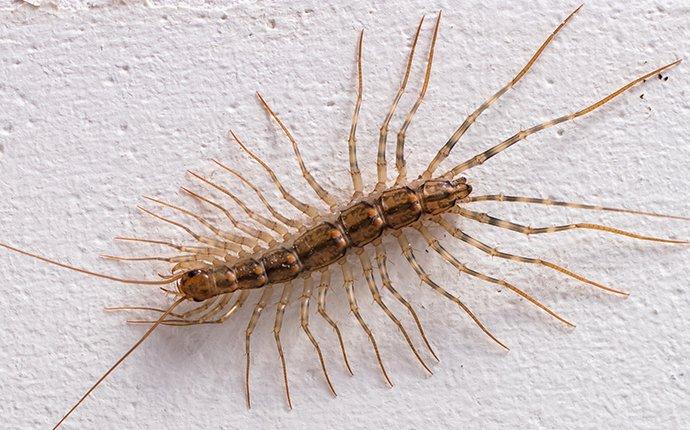
Spotting a bug with six or eight legs is enough to give us the creepy crawlies, but these many-legged insects can deliver even more of an unwelcome...
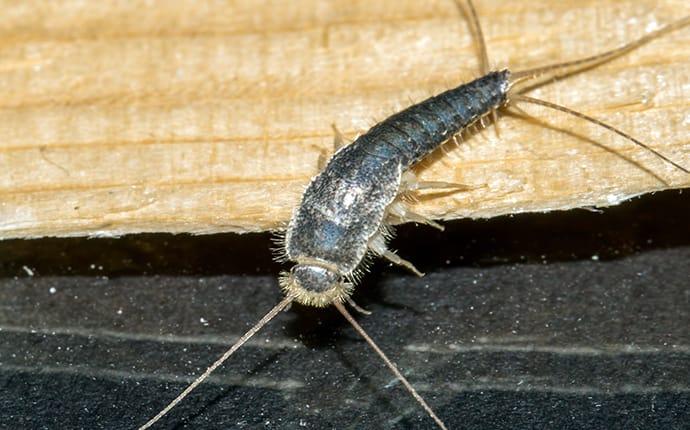
Silverfish are small, flightless insects that can be found in Fort Worth homes. They are moisture-seeking insects that get into homes through small...
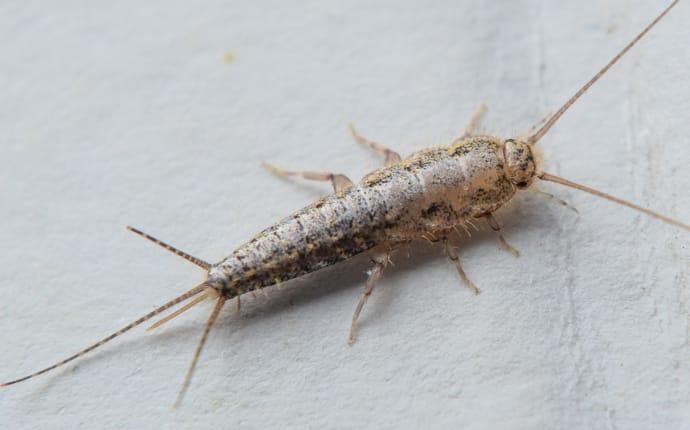
At only about ¾ of an inch long or smaller, an adult silverfish isn't much to look at. And their larvae are even smaller. But these tiny, silver,...
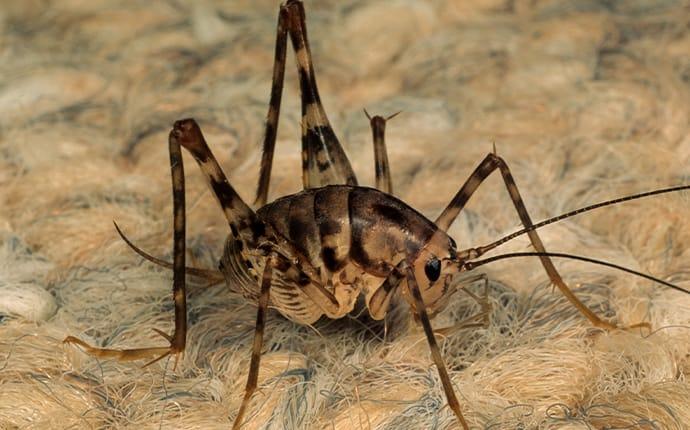
What's in a name? When it comes to insect names, a lot actually. Spider crickets are a great example of this. These crickets actually look a bit...
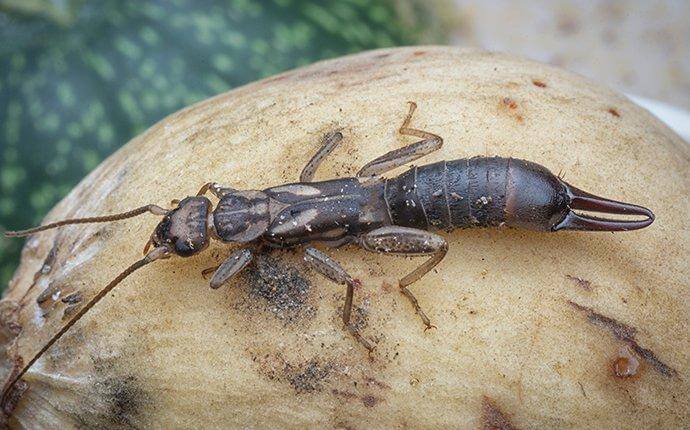
Earwigs are creepy-looking insects with elongated bodies, large pincers, six legs, and thread-like antenna. These pests are often pale brown,...
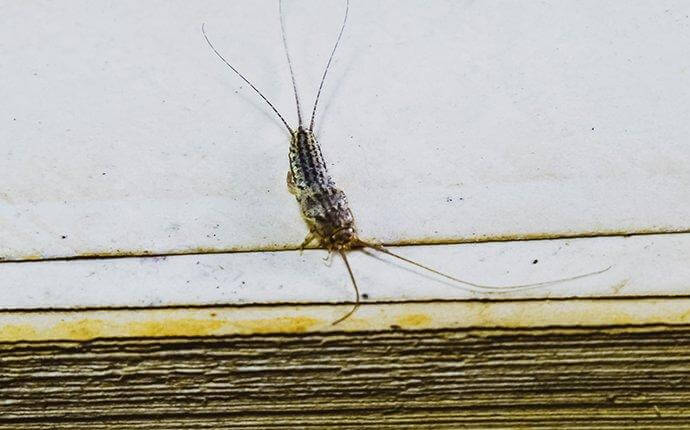
Silverfish are small nocturnal insects that are light gray and shiny, which gives them a “silver” appearance. Their slender bodies are rounded at...
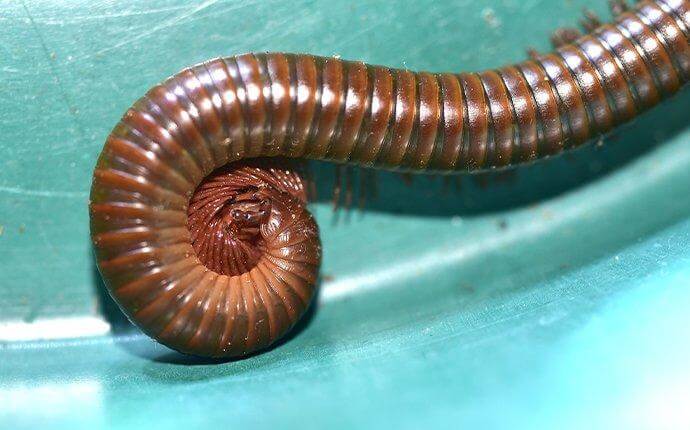
Most home-invading millipedes are between 1 and 2 inches long but can grow larger depending on their species. These insects have long, segmented...
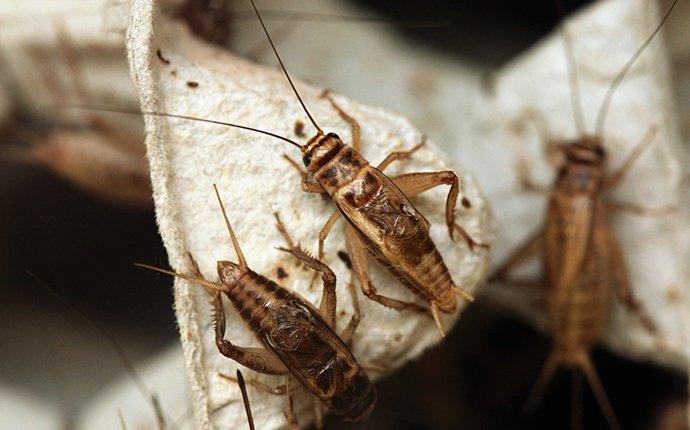
how annoying they can be. When outside in their natural environment, crickets chirping can be a soothing evening sound, but inside your home, they...
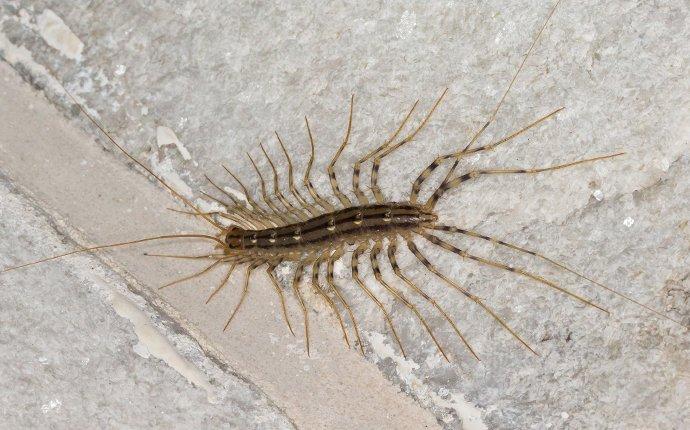
In our Dallas/Fort Worth service area, centipedes are common home invaders and many people choose to live with them. This is because it is the...